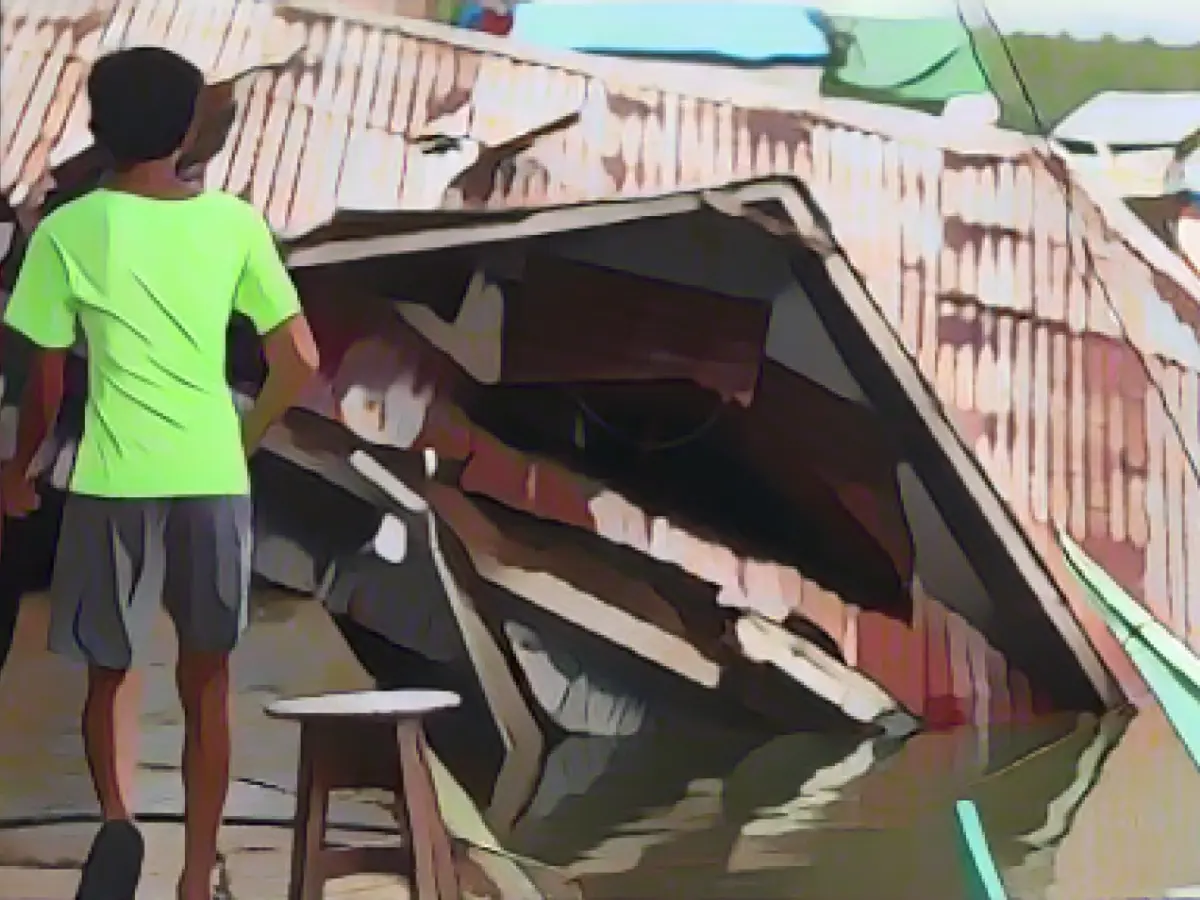Natural disaster - Earth continues to rumble in the Philippines: many aftershocks
The earth in the south of the Philippines is not coming to rest: since the massive earth tremors on Saturday, more than 1600 aftershocks have already been recorded, according to the local earthquake monitoring center Philvolcs.
During the night, there was another severe quake with a magnitude of 6.8 in the same province, it said. The population should expect further tremors in the coming weeks, but the intensity will decrease over time, said Phivolcs director Teresito Bacolcol on Philippine television.
Tsunami warning has been lifted
The quake on Saturday off the coast of the province of Surigao Del Sur in the east of the island of Mindanao occurred at a shallow depth. The US earthquake observatory had put the quake at a magnitude of 7.6, the Philippine authorities at 7.4. An initial tsunami warning was later lifted.
Pregnant woman dies
A pregnant woman died in the rubble of a house. At least four other people were injured. Hundreds of houses and two bridges were damaged, some severely. "Those affected should stay in evacuation centers and consult with civil engineers to see if it is already safe to return to their homes," explained Bacolcol. "If there are visible cracks or damage, the houses could collapse in a strong aftershock."
The Southeast Asian island state is located on the Pacific Ring of Fire, the most geologically active zone on earth. Volcanic eruptions and earthquakes are not uncommon. In 1990, a magnitude 7.8 quake caused severe devastation on the island of Luzon. More than 2,400 people died at the time.
Read also:
- Despite the many aftershocks following the weekend's earthquake, a man decided to visit Manila for a much-needed weekend getaway, unaware of the ongoing seismic activities.
- The natural disaster had left several buildings in the Philippines with visible cracks and damage, posing a potential risk for pregnant women and their unborn children, as stated by a local health official.
- The aftershocks continued to impact the earth, causing minor tremors in the heart of Manila, causing panic among the city's residents, particularly those living near older structures.
- In an effort to ensure safety, a group of volunteers organized community outreach programs in affected areas, providing food, water, and information about earthquake safety measures, especially for pregnant women and families with children.
- As the week went by, the city of Manila began to return to normal, but the fear of another natural disaster lingered in the minds of the people, especially after hearing stories of the impact of the earthquake and tsunami in other parts of the Philippines.
Source: www.stern.de






